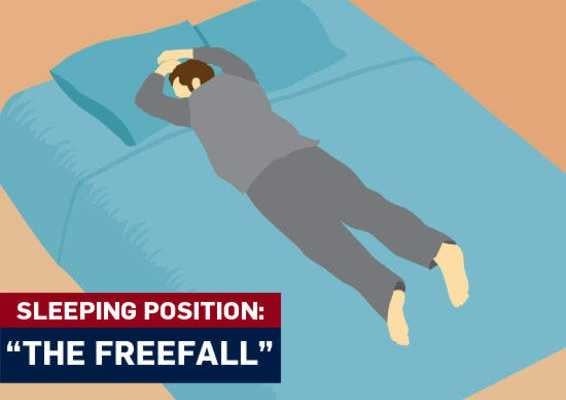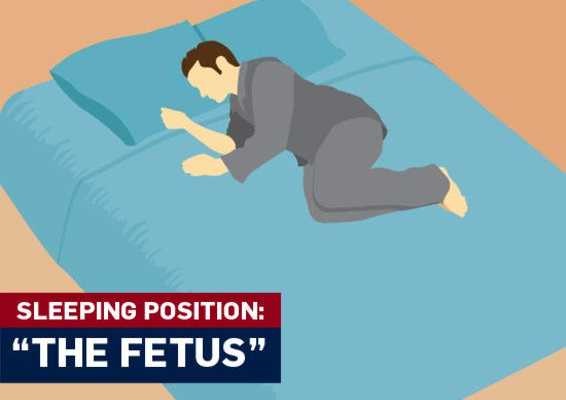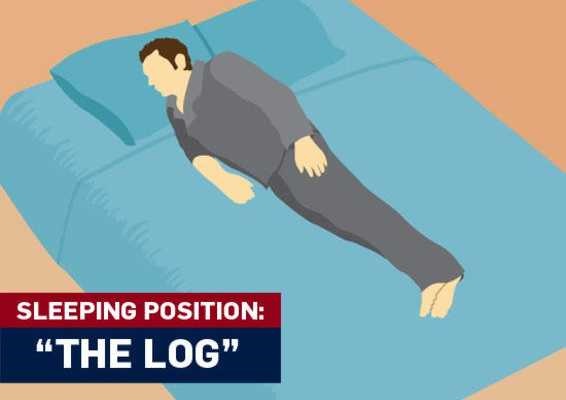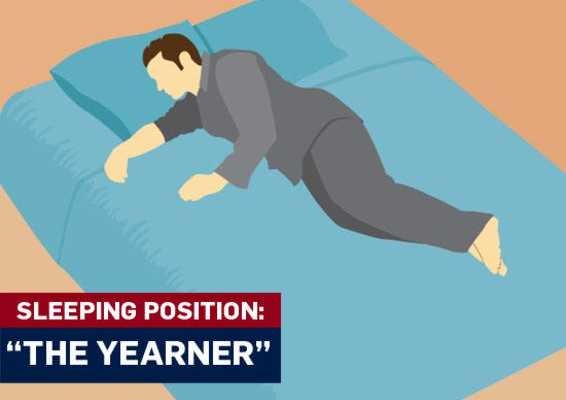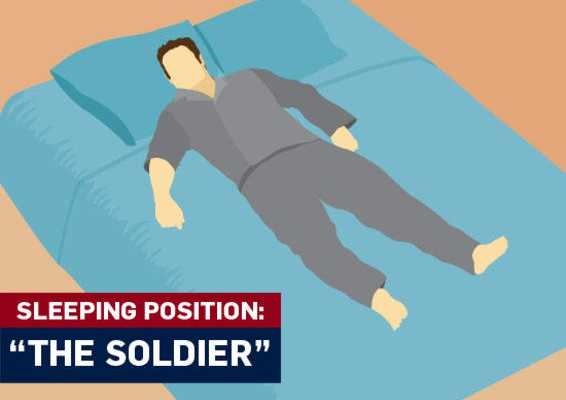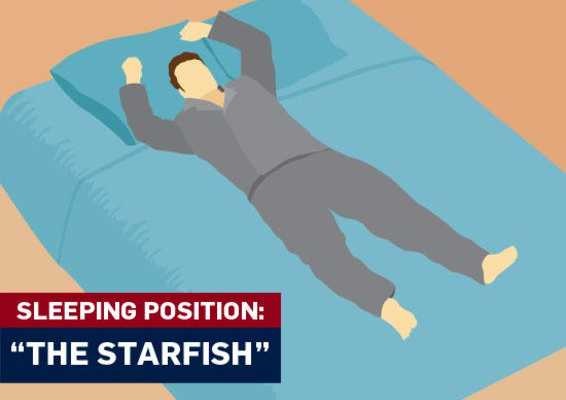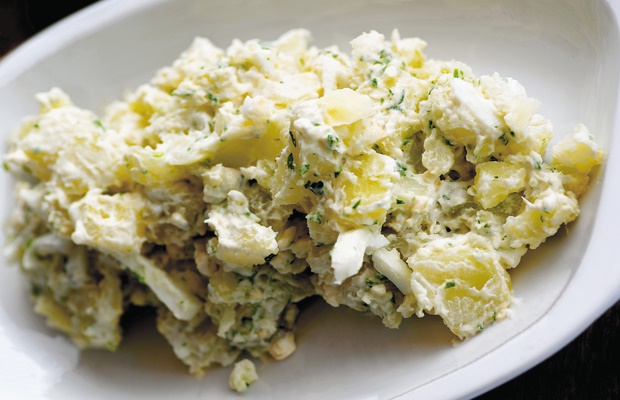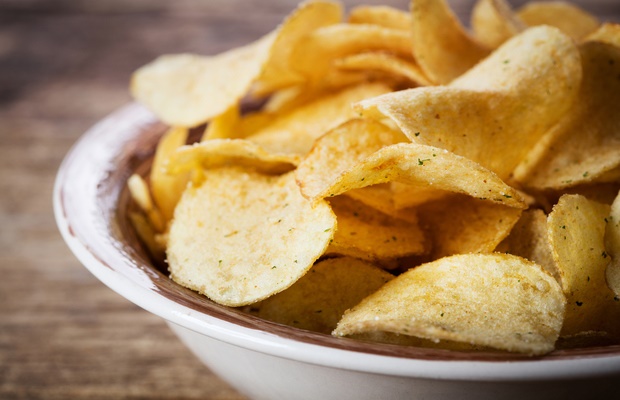When it comes to kids with cancer, most health care providers say they’d help their patients get medical marijuana.
That finding stems from an analysis of survey responses from 288 US doctors, nurse practitioners, physician assistants, psychologists, social workers and registered nurses.
The survey respondents in Boston, Chicago and Seattle all provide either inpatient or outpatient care for children with cancer.
Results of the survey
About 92% said they’d be willing to help procure medical marijuana for their young patients. Just 2% felt that medical marijuana should never be given to a child with cancer, according to the report.
The researchers also found that 63% of the health care providers were not concerned about substance abuse in children with cancer. Their biggest concern was the lack of formulation, dosing and potency standards for prescribing medical marijuana to children with cancer.
Medical providers who are legally eligible to certify patients for medical marijuana were less likely to endorse its use in children with cancer, the study found.
“It is not surprising that providers who are eligible to certify for medical marijuana were more cautious about recommending it, given that their licensure could be jeopardised due to federal prohibition,” study co-author Dr Kelly Michelson, a critical care physician at Lurie Children’s Hospital of Chicago, said in a hospital news release.
Policies could influence attitudes
“Institutional policies also may have influenced their attitudes,” she said. “Lurie Children’s [hospital], for example, prohibits paediatric providers from facilitating medical marijuana access in accordance with the federal law, even though it is legal in Illinois.
“In addition to unclear dosage guidelines, the lack of high-quality scientific data that medical marijuana benefits outweigh possible harm is a huge concern for providers accustomed to evidence-based practice,” Michelson said.
“We need rigorously designed clinical trials on the use of medical marijuana in children with cancer,” she added.
Michelson also directs Northwestern University School of Medicine’s Center for Bioethics and Medical Humanities.
Keep marijuana for later stages of treatment
The childhood cancer care providers involved in the study indicated that they often received requests for medical marijuana to relieve nausea and vomiting, lack of appetite, pain, depression and anxiety. Most, however, believe that use of medical marijuana should be limited to children with advanced cancer or near the end of life, rather than in earlier stages of cancer treatment.
That’s in line with the American Academy of Pediatrics’ position that use of medical marijuana should be restricted to “children with life-limiting or seriously debilitating conditions”. Michelson’s team published their findings online in the journal Pediatrics
An ongoing debate
An article previously published on Health24 also addressed the use of marijuana as a treatment for children. Research has however found that marijuana holds only limited benefits for children and that more studies are needed to ensure the success of this treatment.
While dagga may benefit chemo-linked nausea and epilepsy, there is not yet enough evidence that it has a positive effect on other conditions.
Image credit: iStock




